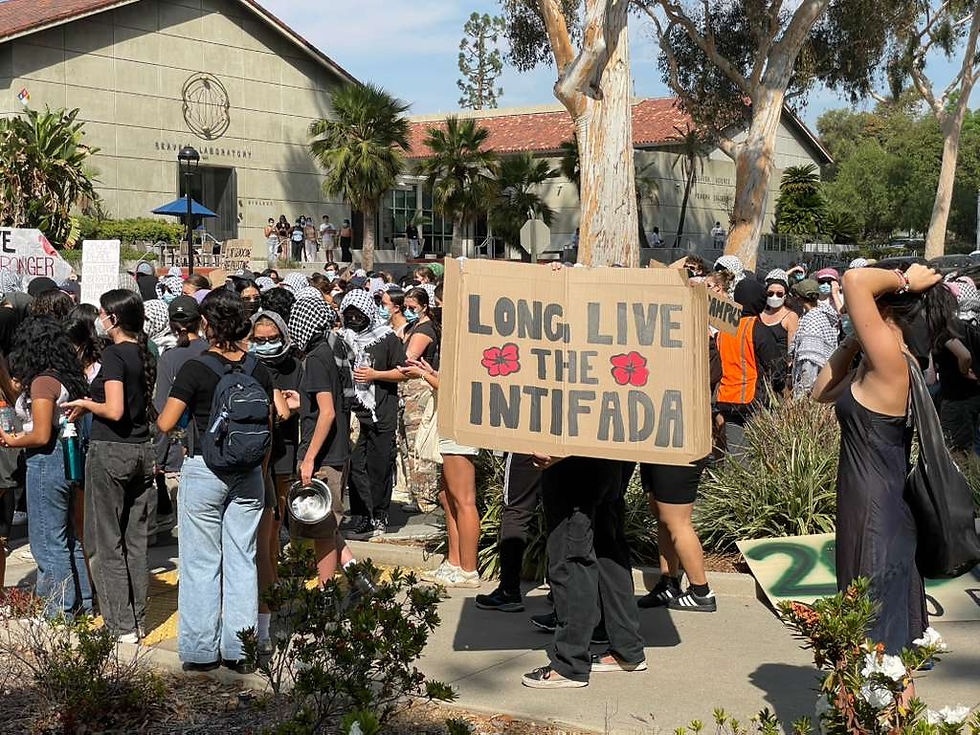Iowa Caucuses: What You Need to Know
- The Claremont Independent

- Feb 1, 2016
- 4 min read
What are the Iowa Caucuses?
In both parties’ nomination processes, the first state to cast its votes is the state of Iowa, which does so in the form of a caucus. While New Hampshire’s state constitution has a law dictating that New Hampshire must be the first state to hold a primary each election cycle, Iowa skirts this law by remaining loyal to the caucus system. The Iowa caucus rose to prominence in the media in 1972, (in large part due to the long-shot candidacy of then Governor of Georgia Jimmy Carter) and has not left the spotlight since. While most states used to use a caucus system, states including Texas, California, New York, and many others have recently opted to abandon them in favor of primaries; most caucus states are smaller (population-wise) than average. Caucuses are far more interactive than the primary system, but actually work quite differently for the Republican and Democratic parties.
During a Democratic caucus, voters are free to discuss and debate their candidates’ merits. After the allotted time period (typically 30 minutes) is up, the organizers take up a head count of the supporters for each candidate. Any candidate with less than 15% of the caucus supporting him/her is eliminated. The caucus goers whose candidate may have been eliminated are given an additional 30 minutes to reassemble themselves and choose a new candidate to support, or abstain from voting. After that time period is up, a second count of the room (or caucus location) is taken and results are recorded. The full caucus takes about an hour and a half.
For Republicans, the process is substantially simpler and more reminiscent of what the primary system normally looks like. Republican voters (you must be a registered Republican to participate in the caucus) make their way to a caucus location, which may be a church, school, or even a private home. Once there, Republican voters cast secret ballots for their choice of candidate by writing down the name of said candidate on a piece of paper, submitting it, and then leaving. This is a much quicker and more intuitive system, in total taking a maximum of around 30 minutes. Donald Trump’s daughter, Ivanka, released a video explaining how to vote in the Republican caucus. Ivanka outlines the process, using the buzzwords “quick”, “easy”, and “simple” no fewer than four times in the brief video. The Iowa Caucuses for Democrats and Republicans have correctly predicted the nominee in 5 of the last 7 contested (non re-elected) nominations.
What do the Iowa Caucuses mean for the Democrats?
Symbolically, the Iowa caucus is important for the Democratic party. At this time eight years ago, future President Obama was trailing Sen. Clinton by 20 points. The Iowa caucus was the first in a string of Obama victories that would propel him to securing the nomination and presidency later that year.
The system the Democrats use will likely undermine what little support candidate Martin O’Malley holds. Because the Democrat ballots in the Iowa caucus are not secret, O’Malley supporters may feel pressure to support either Bernie Sanders or Hillary Clinton. This effect likely favors Clinton by a slim margin, and may swing the hotly contested Iowa caucus.
If Bernie Sanders wins Iowa, he will likely prolong the nomination process, and could even become the Democratic candidate. If Clinton cannot quickly and loudly squash the Sanders campaign, both camps face a long, drawn-out primary battle. Such a battle will both eat away at the Democrats’ resources and decrease the candidates’ favorability in the eyes of the voters. A Sanders victory in Iowa will cost both Sanders and Clinton a substantial amount of money as both sides levy negative campaigns against the other in the remaining 49 states and at the DNC, ultimately helping Republicans.
What do the Iowa Caucuses mean for the Republicans?
For candidates other than Trump, Cruz, and Rubio, a strong showing in Iowa will be necessary to stay in the running. This doesn’t necessarily mean the candidate has to win the popular vote in Iowa, but coming in anywhere behind the fourth place winner will seriously diminish any candidate’s prospects of winning the nomination. Some of the candidates with stronger polhling in New Hampshire, including Kasich and Christie, will likely hang on to their campaigns, even with a poor showing in Iowa, but Bush (who has name recognition) and Carson (who is polling at a steady 4th in most polls) need a large turnout to maintain their candidacies.
The most notable distinguishing characteristic of the Republican caucus as opposed to a mainstream primary system is that instead of receiving a list of all the candidates and selecting one, the caucus voters are given a blank piece of paper and write down the name of the candidate they support. This helps candidates like Trump, Bush, Rubio, and Cruz–who have spent more time in the headlines–and hurts candidates like Fiorina, Kasich, Paul, and Santorum, who have less name recognition. For voters who are deciding who to vote for in today’s caucus, the candidates with significant amounts of air time will be percolating in the minds of the swing voters, and name recognition will go a long way in bolstering these candidates’ numbers.
The Iowa caucuses carry significant weight, but are not the end of the road for either party by any stretch. Whatever the results in Iowa, the primary contest for both parties will likely draw pundits’ attention for many months to come.
.png)



Comments